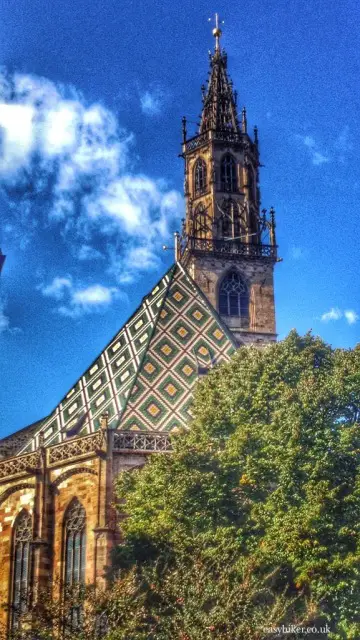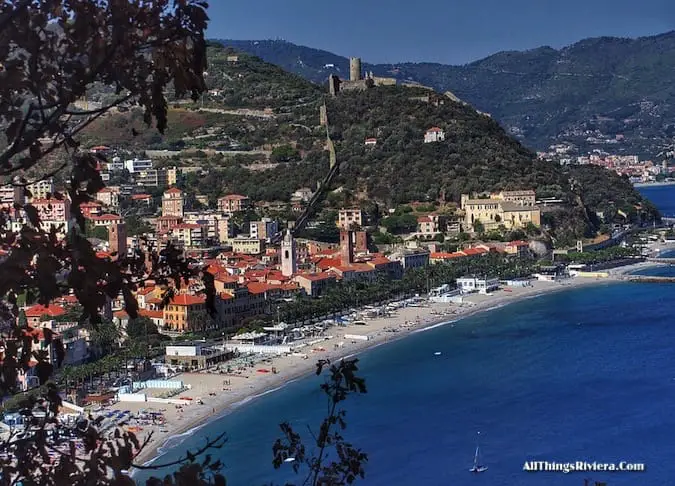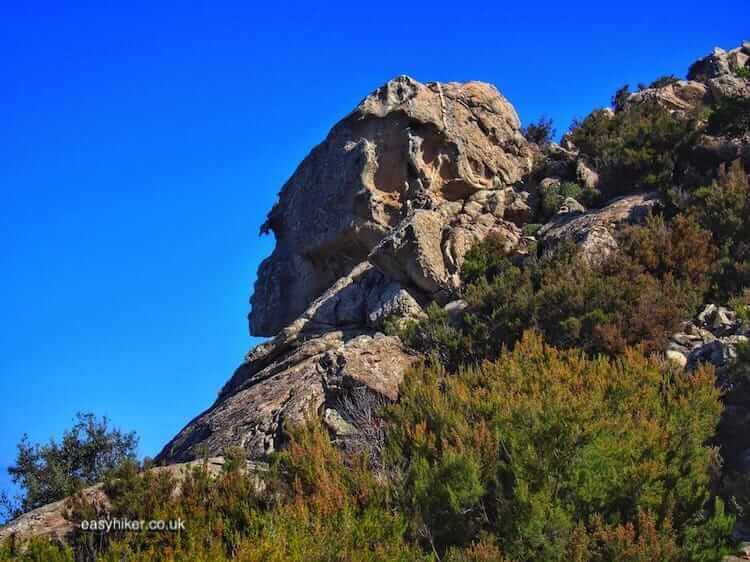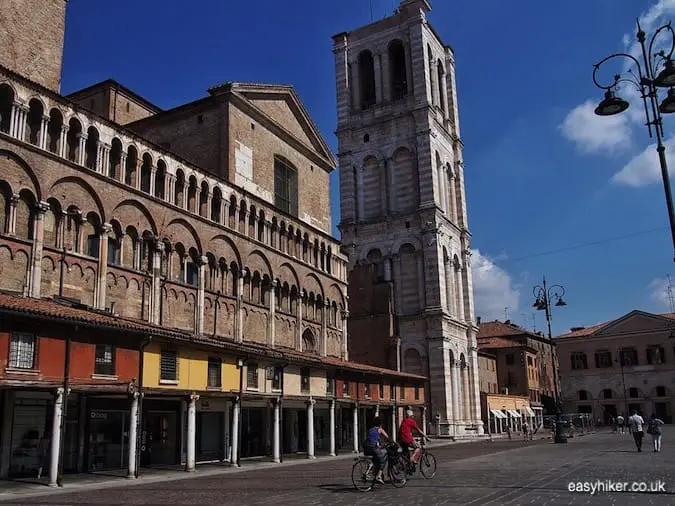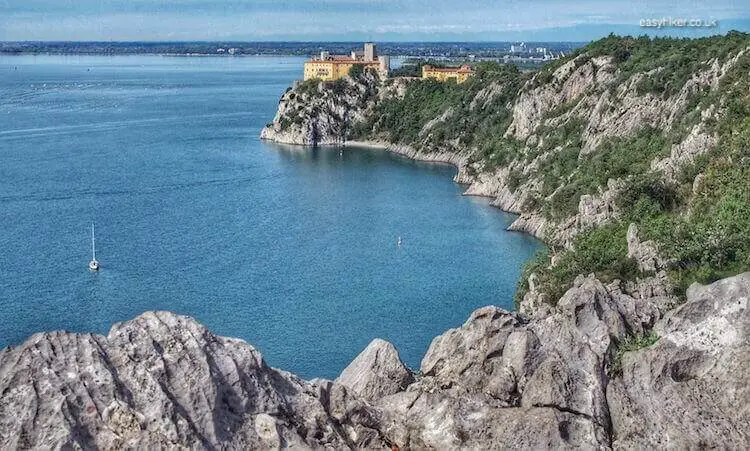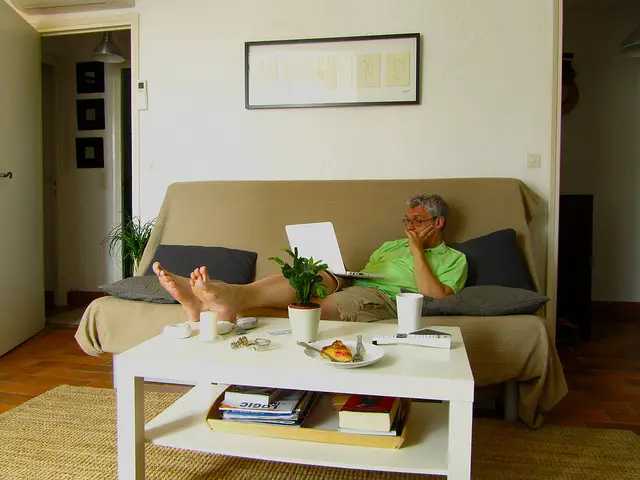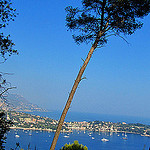The provincial capital of Bolzano has a long history, rich cultural attractions – and even some lessons for all of us.
One thing is for sure when you go hiking in the Gardena Valley: sooner or later you will come to Bolzano, in nearly all respects the hub of the province, if only between trips to different resorts. So you’d better know what to expect.
Bolzano – Hub of the Dolomites
Expect, above all, crowds. Stunningly large numbers of people. We were there in early October, which means late in the hiking season and roughly 6 weeks before skiing takes off in earnest, but the place was packed with tourists. Venice in August cannot be much busier.
This is probably inevitable, taking into account that Bolzano (Bozen) is the capital of a province which mainly lives off its tourism industry. Everybody who visits the Val Gardena or one of the neighbouring valleys will come here at least once, if only to change trains or to board a bus.
For most, however, Bolzano is the only place for miles around where they can experience a little urban flair after days out in the Alpine landscapes, where they can inhale some petrol-soaked fumes as an antidote against an overdose of clean mountain air.
The first place you should go to after your arrival is the central Piazza Walther, one short block away from both train station and coach terminal. (Just follow the street signs.) The Tourism Office on the right hand side of the square, opposite the dome, …
… puts a tray out on the sidewalk – at least on dry days – where you can serve yourself with one of their excellent (and free) one-page city maps that highlight the town’s main attractions.
It is probably a good idea to start your walk by exploring the historical town centre straight in front of you, mainly the area between Via Argentinieri and Via Dr. Streiter that also features the famous Portici (the Lauben), a network of busy shopping arcades that was first constructed in the early Middle Ages – although today, the merchants under the colonnades tend to sell designer goods and expensive culinary specialties rather than flour and salt.
Continue past the lively fruit and lower market on Piazza Erbe (Obstplatz) …
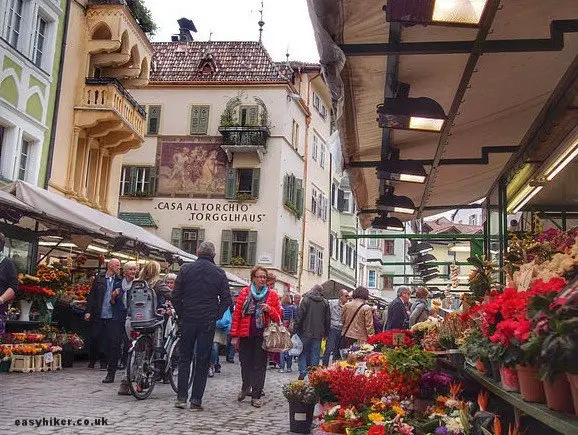
… in the direction of the Talvera river (Talfer) and the grand Mareccio (Maretsch) Castle, which dates – in its present form – from the 16th century.
For an even older castle, you may want to follow the signs towards Castle Roncolo (Runkelstein Castle) which is located approx. 2 km to the north on top of a hill. (Follow the signs for the cycle path.)
Read also: The Premier Hiking Hotel in Val Gardena
You probably have not come to Bolzano for hiking, more likely to seek a break from it, but if you really wanted to, you could also take a walk around the periphery of the town, starting at the Talvera Bridge. The city council has laid out altogether 12 routes with a total length of 100 km, and a comprehensive map of the various trails can be found just outside the Cafe Theiner near the Museo Civico.
This could be something you might want to do if you have come here on a daytrip from a more southern city (such as Verona, which is only an hour away by train) to get a first impression – more of a foretaste, actually – of the Italian Alps. (Bolzano itself is only 250 metres high and surrounded by hills rather than snow-capped mountains.)
Alternatively (and less strenuously), you can spend the rest of the afternoon by making a tour of the various monasteries on the western edge of town (Franciscan, Dominican and Capuchin). This a very tranquil, serene walk – and you will be as safe from the hordes of visitors as you would be on the far banks of the Talvera.
Bolzano, finally, is the perfect place to observe the mechanisms of the “landshare agreement” between the German-speaking and the Italian-speaking South Tyroleans because it is just about the only place in the officially bilingual province where there is a rough balance between the two. (Elsewhere, the German speakers constitute a clear majority.)
Once, and not all that long ago, this was a less than happy and not even always peaceful co-existence. South Tyrol had become part of Italy after WWI, and the German-speaking natives were shocked to find themselves, virtually overnight, in a foreign country: no speaking of German was allowed in any official or semi-official function, they had to send their children to Italian-language schools, and, overall, felt very much like second class citizens in the only home country that they knew.
The gradual introduction of a balanced bilingual regime, however, first in 1946 and then in the 1970s, took the sting out of that, and nowadays, it would be difficult to meet a German-speaking South Tyrolean who is not happy to call himself an Italian – and they have all learned to speak the language, too: exactly at the time when they were no longer forced to do so. (South Tyrol may have a lesson or two to teach other Europeans about successful integration.)
Come to think of it: South Tyrol is just about the only place in Europe that still has a strong ethnic German minority. Once, Germany was not a country but a concept, almost like Europe today: with an indisputably Germanic heartland, but also with fringes reaching into France, Denmark and across the Alps as well as, specifically, into nearly all countries of Eastern Europe.
As long as Germany was a mere idea, this did not cause too many problems, but as soon as the idea became a state, the “German fringe” provided a constant source of conflict, which it took two world wars to settle. Czechs, Poles and Russians saw the advantages of creating irreversible facts on the ground, answering the German Question once and for all.
Italy, however, does not deal in mass slaughters and expulsions: it went the other way, the way of peace and reconciliation, showing the world that yes, it can be done.


